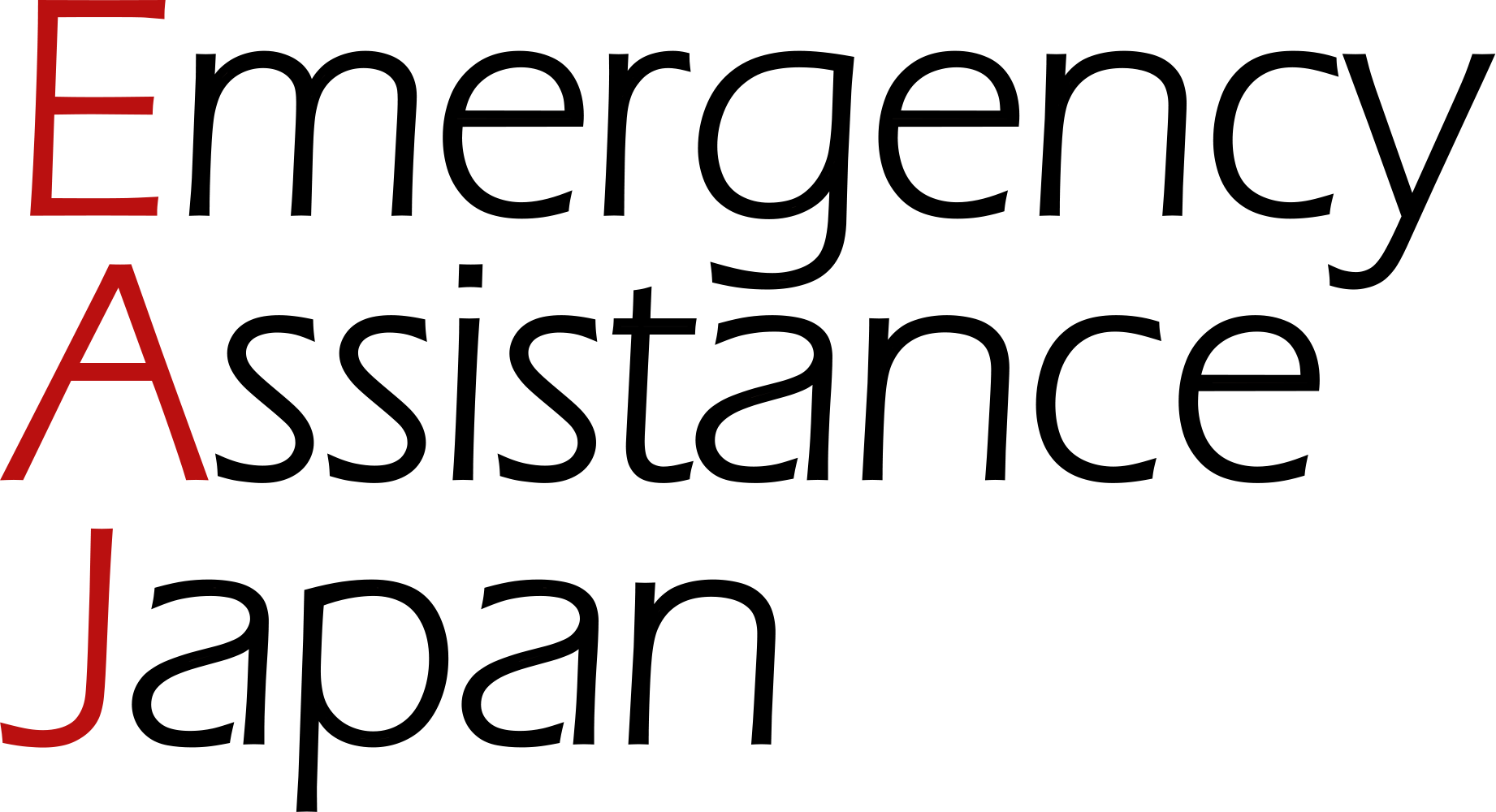Pediatric diseases
- HOME
- Other than cancer(Whole Body, Others)
- Pediatric diseases
- World-class pediatric medical care
World-class pediatric medical care
24.04.03
National Center for Child Health and Development Dr. Mureo Kasahara, Director
Features of the National Center for Child Health and Development
One team for all research related to pediatric medical care
The National Center for Child Health and Development mainly provides perinatal and child care, and will also include a women’s health center next year, providing comprehensive medical care for women and children.
We also have a research institute attached to our facility, where all the research related to it is being conducted in an integrated manner.
The hospital currently has 490 beds, and the number of outpatients is approximately 1,000 per day, and approximately 140,000 patients are admitted and discharged annually.
There are approximately 1,800 staff members, 400 doctors, and 750 nurses working at the hospital, and they do everything they can to make the children feel at ease as they go toward treatment. The CT is also different from a regular CT in that it is donut-shaped with various pictures drawn on it, and while the CT is being taken, a pediatric patient can see various things on the monitor above, including animations that children love. We are working hard to make the test as enjoyable as possible.
About Director Kasahara’s specialty
As a leading expert in pediatric organ transplantation, Dr. Kasahara leads a team with one of the world’s most proven records
As a leading expert in pediatric organ transplantation, Dr. Kasahara leads a team with one of the world’s most proven records. Our hospital specializes in organ transplants for children, abdominal organ transplants, and liver, kidney, and small intestine transplants. In particular, we perform many liver transplants. Our team has developed a surgical method for neonatal liver transplants for small children that have never been saved before. To date, I have performed more than 2,000 liver transplants, and our center has performed 900 organ transplants. This facility is well recognized internationally as a pediatric organ transplant center. Surgery cannot be performed by just one doctor, and unless the level of the entire team improves, we will not be able to achieve good results. I think the most important thing is to lead as a team, to take the lead in tackling difficult areas, and to open up a new path. More than 100 medical staff are involved to cure each child of their disease. The child patient is walking down a really narrow path. All of our staff members are working hard to ensure that the child does not fall down the path and we all support the child so that he or she can return home safely.
Accepting patients from overseas
I feel relieved when I see the smiles on the faces of patients when they return home.
We have a relatively large number of patients from overseas, especially from Europe, America, and Arab countries. The other day, we had a patient from Europe. The EAJ interpreter accompanied the patient and communicated very well, and the patient was highly satisfied. This time, it was a living donor liver transplant, and both the patient and the donor recovered well, and returned their home country. We feel very happy when someone says “thank you” no matter what language it is. We are really glad that everyone was able to go home with smiles on their faces when they were discharged from the hospital.
Message to a pediatric patient
The National Center for Child Health and Development provides world-class medical care in perinatal, women’s, and pediatric care. Please be at ease to come to Japan and to receive our excellent medical care. We look forward to welcoming you.
For a patient who wishes to receive treatment at the National Center for Child Health Research Center
Please contact EAJ. EAJ will support you in ensuring a smooth visit, including arranging medical visas, coordinating schedules with hospitals, arranging interpreters, and translating documents.
